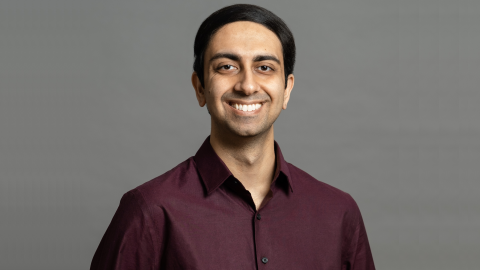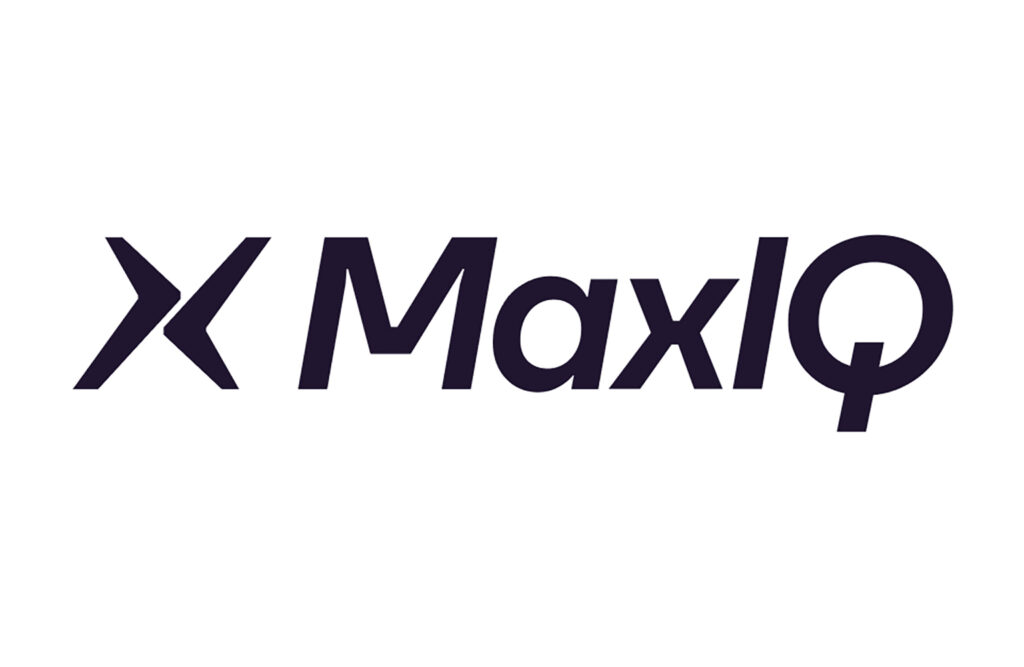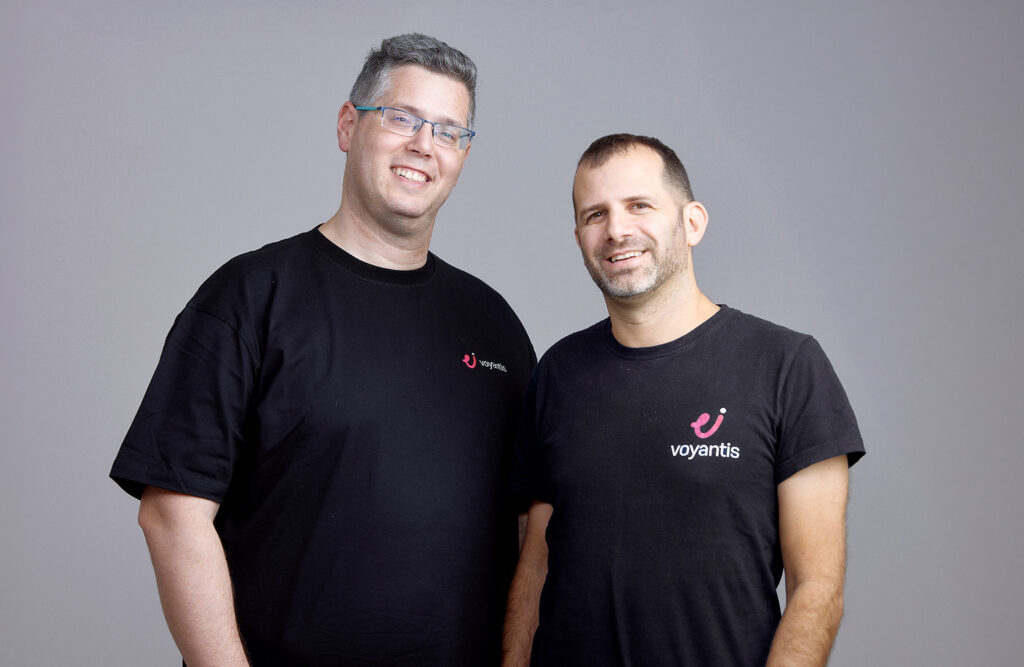
How Pixeom’s Partner Strategy Led to Their Growth and Success
An interview with Sam Nagar, CEO of Pixeom
One year ago, German industrial giant Siemens announced it was acquiring the edge computing platform of Intel Capital-backed startup Pixeom, strengthening Siemen's "Industrial Edge" portfolio that enables organizations to run edge applications in factories.
Pixeom started to create a personal cloud, combining software and hardware in a consumer-friendly device for home internet use. But within five years, CEO Sam Nagar spearheaded the company's transformation into a powerful edge computing platform, raising more than $15 million in venture capital funding and growing the company to almost 100 employees.
For Nagar, Pixeom's success came down to what he calls the "multiplier effect": the exponential impact of having the right set of partners within an ecosystem primed for collaboration, innovation and growth.
We sat down with Nagar to chat about our shared philosophies–and how the lessons from his own experience are valuable for entrepreneurs today.
Q: Your vision for Pixeom evolved fairly significantly, but you found success early on. What convinced you to take that strategic risk?
Sam: There are many things I can point to throughout Pixeom's history that have contributed to our success, including our technology and our leadership team. But the most important decision we made early on was to prioritize our partnerships. Our goal was to get technology into the hands of customers in a scalable way.
To do that, we invested quite a bit of our time to a channel partner approach, which is how we connected with Intel Capital. Picking the right investor relationships triggered a multiplier effect that yielded growth for us, equating to dozens of relationships. Those partners understood our vision–and that it still aligned with our original purpose–and truly believed in our ability to deliver on it.
Q: Partnership is so key, not just for sharing a vision but also when it comes to successfully collaborating and building something together. How did you find the right partners?
Sam: Our partnership with Intel Capital was vital to our decision to shift to edge intelligence. They helped sharpen our thinking, validate our direction forward, and connect us to their ecosystem of partners and other important third parties that created a groundswell of momentum for us.
Their range of support gave us the confidence to approach big companies. I experienced firsthand why Intel Capital has a reputation for being very supportive of its portfolio companies–through ongoing investment and by surrounding companies with a team of top-notch advisors in business management, product development, marketing, channel strategy, you name it.
Elana Lian, our Investment Director there conducted a thorough assessment of our strengths and weaknesses, and then helped us develop a strategy to best position ourselves with investors. The portfolio team (Ranjit Kurup, Matt Stone, and Brad Corrion) also made introductions for us with industry analysts to significantly raise our profile and awareness–and ultimately became the catalyst for our acquisition by Siemens.
The team went above and beyond and is an important reason our customer base grew by 5X very quickly–and why our revenue grew by 10X. They drove our ability to sustain engagement with the analyst community, which contributed to Pixeom being named the 2019 Gartner "Cool Vendor Award" in edge computing.
Q: It seems fair to say your partnership with Intel Capital extended beyond initial investment. Do you think that affected Siemens' interest in working with you?
Sam: Absolutely. Because the Intel Capital team believed in our vision and understood that the market lacked the type of technology we offered, they recognized that our unique solution was one that even large technology companies would struggle to build themselves. After Siemens approached Pixeom on acquisition intention, Intel Capital broadened our options and brought additional acquirers, which accelerated the process and valuation of exit.
Siemens told us that startups and established companies approach them all the time with new software or technology, albeit in early stages that would require Siemens to help work out the bugs and finish the product. As part of our plan with Intel Capital, we approached Siemens long after we had engaged and successfully deployed with a large number of customers, so Siemens saw that our technology was ripe for the industrial sector. It reassured them that they were dealing with a proven technology that met all the security and auditing requirements, one that met a need in their go-to-market strategy and would address customer pain points.
Q: As an entrepreneur, what advice or lessons stand out to you?
Sam: By far, the most important attribute for any entrepreneur is persistence–essentially, sticking to what you believe in the face of adversity–which is closely tied to conviction. It's great to get as much advice as you can, but often, advice can conflict between sources. Sticking to your well-established convictions will help you navigate inevitable conflicting advice.
Beyond those core tenets, as a leader, delegation is really important. A lot of leaders think that doing the best job means doing it themselves. This is something I struggled with for a long time and was one of my biggest challenges. But I learned, as all eventually do, that I just wasn't scalable. I went through this journey where I learned that with a little patient time investment in the right people, I ultimately was able to scale my time investments and, in turn, drive broader success. And finally, it's important to pick the right partners, whether that be right investor or channel.




